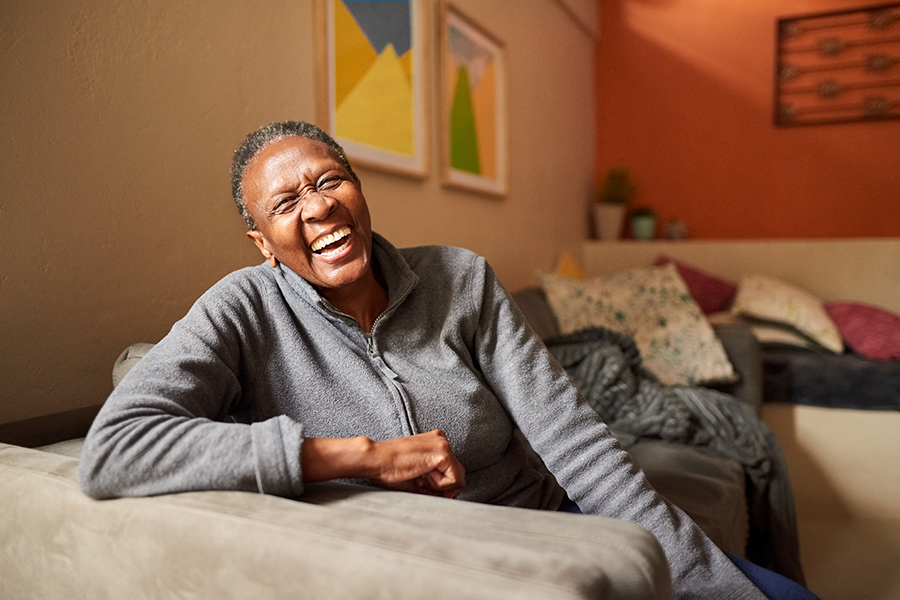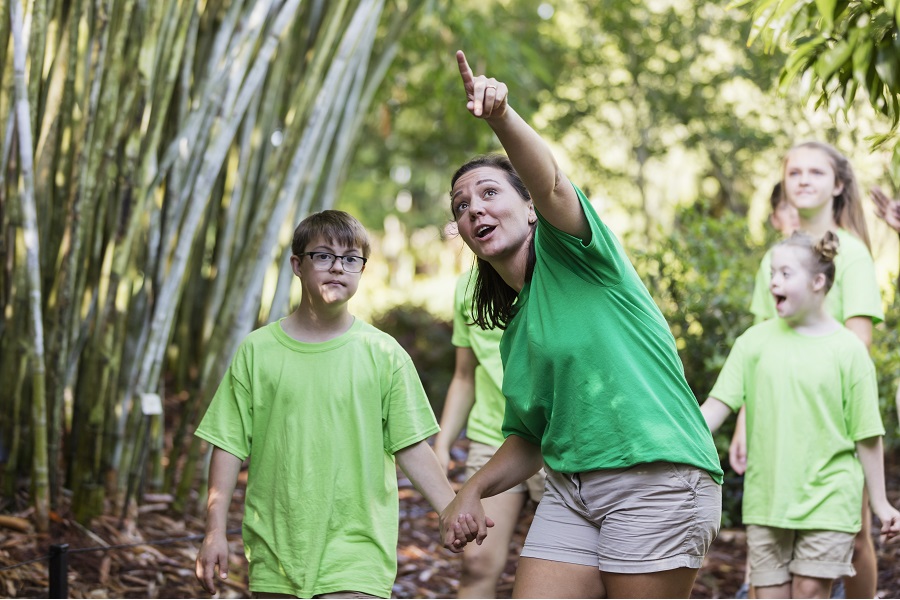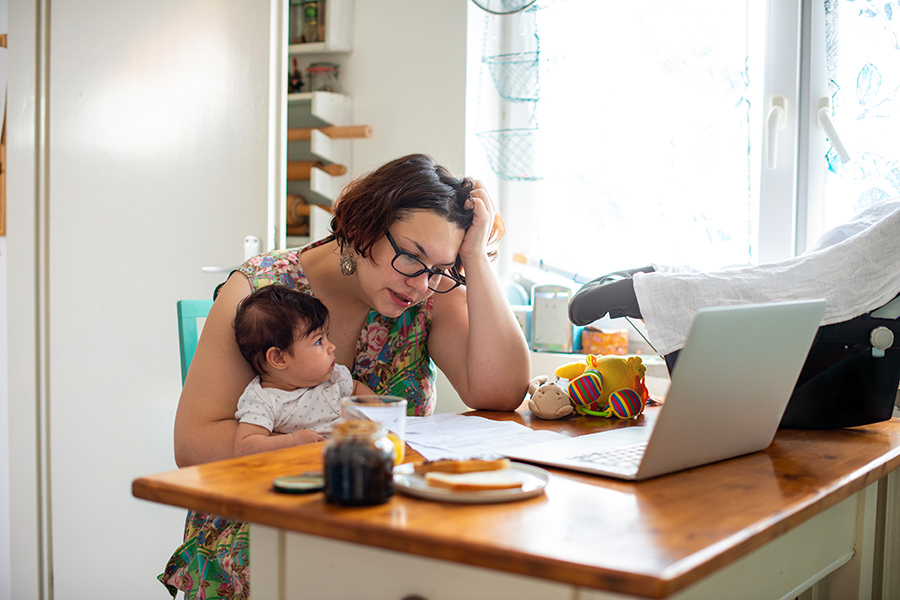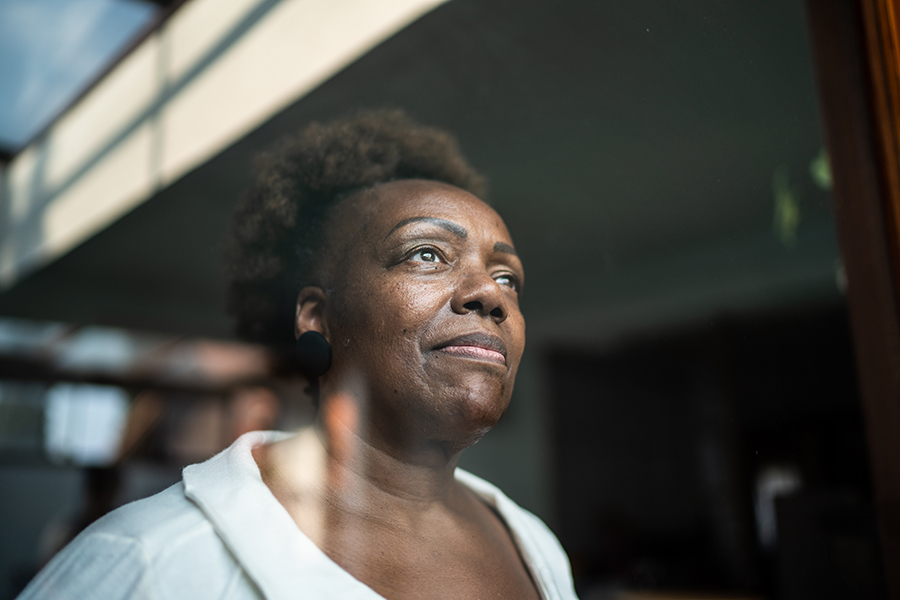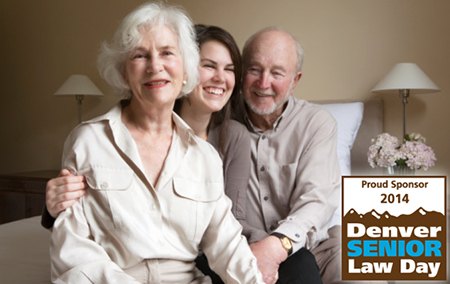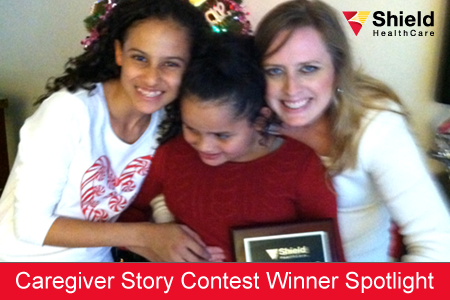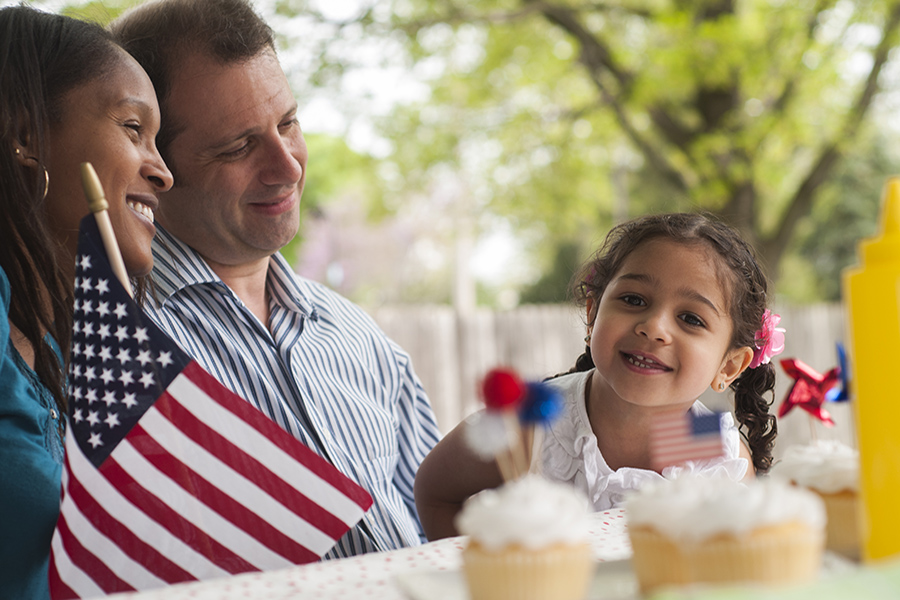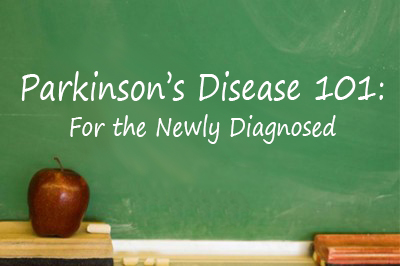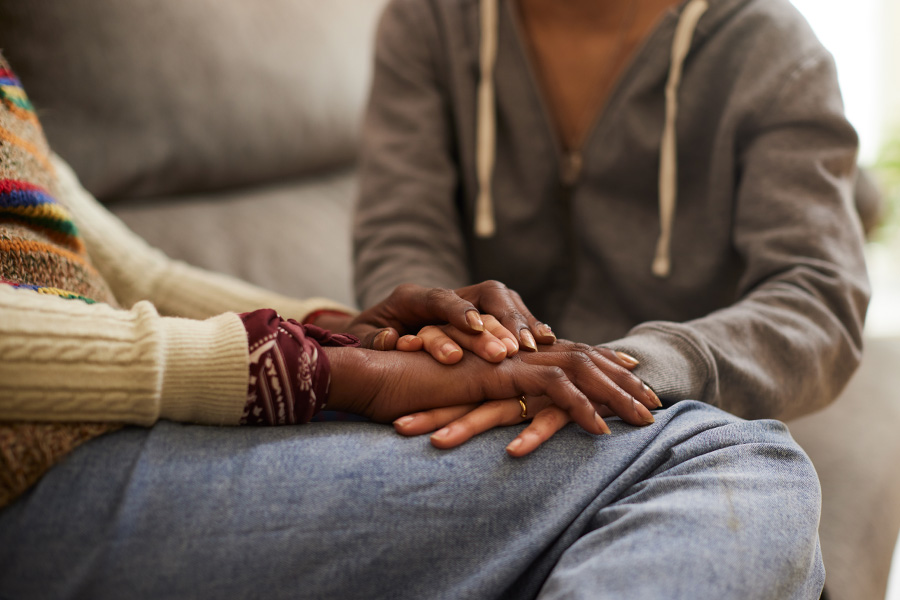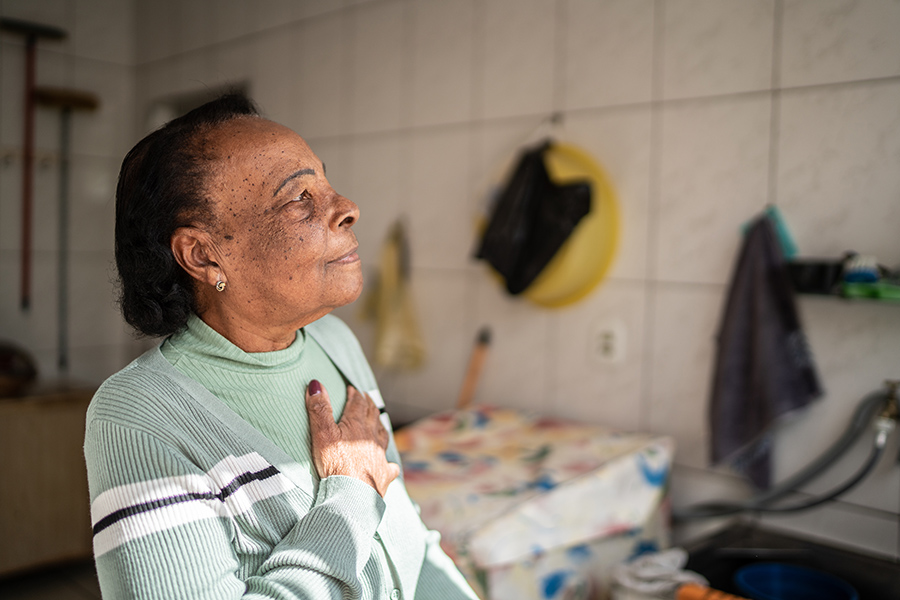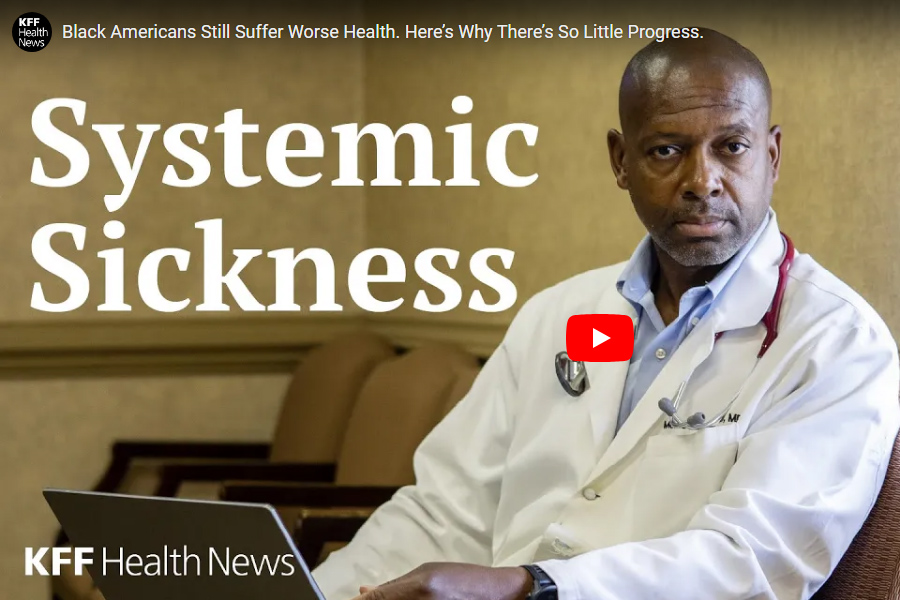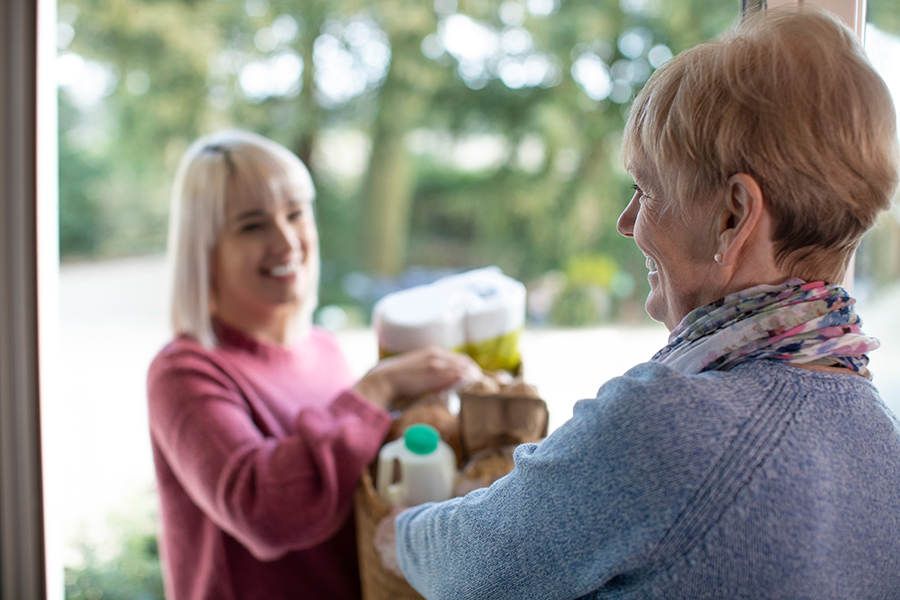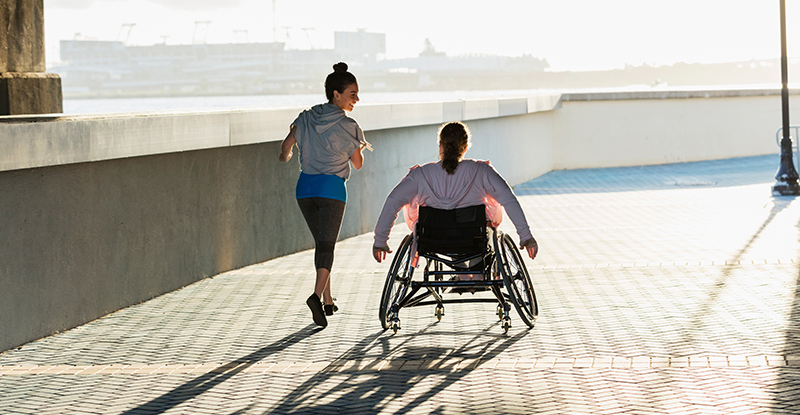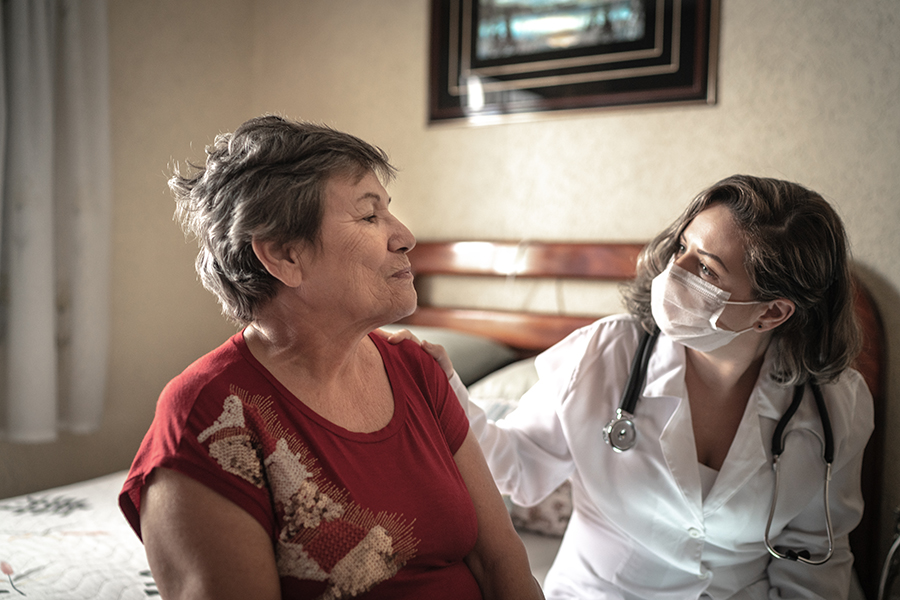Download our free “Strategies for Aging Safely at Home” booklet now!
Benefits of Aging at Home
Nearly 90% of seniors prefer to stay in their own homes as they age. Aging in place enhances life satisfaction, improves quality of life, and raises self-esteem. It can also improve physical health by avoiding some of the bacterial and/or viral risks found in group homes such as senior living facilities, which reduces their chance of contracting a serious illness. These benefits can help seniors to remain happy and healthy into old age.
Beyond the heath and quality-of-life benefits for older adults, encouraging seniors to age in place benefits the community as well. Familes and friends can benefit from the life experiences of seniors. Older adults tend to volunteer more than any other age group, which – in addition to those they serve – benefits senior health by helping them remain active in their community.
Home Safety Risks
Falls are a significant problem for adults age 65 and older; they are the leading cause of injury-related death among older adults. According to the Centers for Disease Control and Prevention:
- Every second of every day an older adult falls. In any given year, more than one out of four people 65 and older will fall.
- One out of every five falls causes a serious injury such as broken bones or a head injury.
- 3 million older adults are treated in the emergency department every year for fall-related injuries, and 28,000 older adults die from a fall-related injury each year. That’s 74 seniors per day – or one every twenty minutes – who lose their lives to a fall.
- Over 800,000 patients are hospitalized because of a fall injury each year
- Falls are the most common cause of traumatic brain injuries (TBI). These can be very serious, especially if the person is taking certain medicines (like blood thinners).
Additionally, falls are costly. In 2015, falls were responsible for about $50 billion in healthcare costs.
What is the STEADI Initiative?
CDC’s Injury Center created the STEADI initiative (Stopping Elderly Accidents Deaths and Injuries) for healthcare providers who treat older adults who are at risk of falling, or who may have fallen in the past. Research on the impact of the STEADI Initiative finds older adults with a “fall plan of care” are less likely to experience fall-related hospitalizations.
The STEADI initiative consists of three core elements:
- Screen patients for fall risk,
- Assess modifiable risk factors, and
- Intervene to reduce risk.
While the STEADI initiative is geared towards healthcare teams, it offers resources to patients and caregivers as well.
Preventing Falls at Home: A Safety Checklist
Many falls are caused by common hazards in the home that are easy to fix. Start with this safety checklist as a room-by-room guide for preventing falls in the home:
Floor Safety
Is there a straight path through each room?
• Rearrange furniture to create a straight path through every room.
Are there throw rugs or area rugs on the floor?
• Use double-sided tape or non-slip rug pads to secure them firmly.
Do you step over or around wires or cords?
• Prevent tripping by coiling or taping cords and wires next to the wall.
Are there objects stacked on the floor?
• Move any papers, books, shoes, boxes, blankets or other objects off the floor.
Stair Safety
Are there objects stacked on the stairs?
• Keep stairs clear by removing all shoes, books or other objects from the stairs.
Is there any loose or torn carpet on steps?
• Reattach loose carpet, or remove carpeting and attach non-slip safety treads or safety tape instead.
Are there handrails on both sides of the stairs?
• Make sure full-length handrails are firmly attached on both sides of the stairs. Tighten or replace loose hand rails.
Is there a light over the stairway, with light switches at both top and bottom of the stairs?
• Have an electrician install a light over the stairs to keep it well-lit, with light switches at both top and bottom of the stairs. Use night lights in surrounding outlets.
Are the stairs easy to see in low light?
• Paint or tape a contrasting color strip on the top edge of steps to make them easier to see in low light.
Kitchen Safety
Are there commonly used items on high shelves?
• Rearrange cupboards to keep commonly used items on easy-to-reach shelves (approximately waist level).
Is there a sturdy stepstool available?
• Make sure there is a sturdy stepstool available with a bar to hold onto. Never try to use a chair as a stepstool.
Bedroom Safety
Is there a light right next to the bed?
• Move a lamp close to the bedside, so that there is a light within easy reach. If you live in an area where electricity sometimes goes out, keep a flashlight next to the bed.
Is there a lit pathway between the bed and the bathroom at night?
• Add night lights or glow-in the dark tape to light the way to the bathroom at night.
Bathroom Safety
Are there non-skid shower mats or safety treads in the showers or tubs?
• Add a non-slip rubber mat or non-skid strips to the shower or tub floor.
Are there secure grab bars to help maneuver in and out of the tub, or up from the toilet?
• Have a professional install grab bars next to the toilet and inside the tub or shower.
Is there a transfer bench to help maneuver into the tub?
• Tub sides can sometimes be too high to step over. Sit on a bench outside the tub, then slide across the seat safely into the tub.
Is there a chair in the shower?
• For individuals who have difficulty balancing or standing for long periods of time, a shower chair can provide stability.
Other Household Tips
Is the house brightly lit?
• Replace low-watt light bulbs with fluorescent or bright white bulbs.
Are shoes worn inside and outside the home?
• Wear shoes at home whenever possible. Going barefoot or wearing socks or slippers increases fall risk.
 Download our printable home safety checklist in English here:
Download our printable home safety checklist in English here:
Fall Prevention Tips – English
Download our printable home safety checklist in Spanish here:
Fall Prevention Tips – Spanish
Download our free “Strategies for Aging Safely at Home” booklet:
Resources:
- Centers for Disease Control and Prevention
- National Council on Aging: ncoa.org
- Caregiver Action Network: caregiveraction.org
- American Association of Retired Persons (AARP): www.aarp.org/
- Shield HealthCare Community: shieldhealthcare.com/community
- www.healthleadersmedia.com/nursing/want-decrease-falls-heres-how
- www.nia.nih.gov/health/infographics/aging-place-tips-making-home-safe-and-accessible






